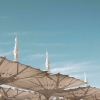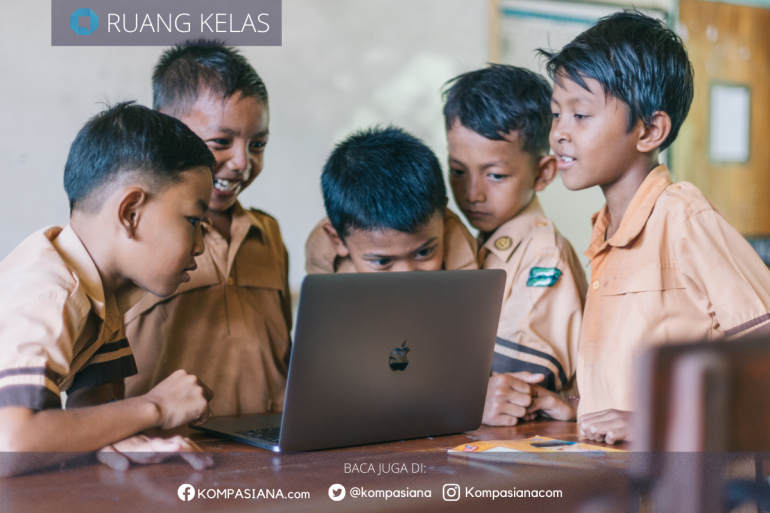- In the past, NASA Space Shuttle missions explored the mysteries of outer space.
- The Apollo program marked a significant milestone in the history of space exploration.
- Future astronauts will journey through the cosmos to explore distant planets.
- As we continue to study the universe, we uncover new celestial bodies.
- Scientists use robotic probes to gather data from distant corners of the universe.
- The International Space Station orbits Earth, serving as a platform for scientific research.
- Lunar missions in the past paved the way for human exploration beyond Earth.
- Spacewalks allow astronauts to conduct repairs and experiments outside spacecraft.
- The Hubble Space Telescope provides breathtaking images of distant galaxies.
- Astronauts train rigorously to become mission specialists.
- Rocket propulsion is essential for spacecraft to escape Earth's gravitational pull.
- The Artemis program aims to return humans to the Moon.
- Astronauts experience zero gravity during orbital missions.
- Communication satellites facilitate global communication from outer space.
- Scientists study exoplanets to understand the potential for life beyond our solar system.
- The Space Race between superpowers drove advancements in space technology.
- The Voyager missions continue to send back data from the outer reaches of the solar system.
- The Mars rovers Spirit, Opportunity, Curiosity, and Perseverance explore the Martian surface.
- Dark matter is one of the mysteries that astronomers seek to unravel.
- SpaceX missions aim to revolutionize space travel with reusable rockets.
- Lunar modules enabled astronauts to land on the Moon during the Apollo missions.
- The ISS serves as a space station where astronauts live and work for extended periods.
- Microgravity research provides insights into how the human body adapts to space.
- Solar flares can disrupt communication systems on Earth.
- The Artemis program seeks to land the first woman and the next man on the Moon.
- Cosmic radiation poses a risk to astronauts traveling beyond Earth's protective atmosphere.
- The space habitat provides a living environment for long-duration space missions.
- Astronauts conduct experiments aboard the ISS to study the effects of space on the human body.
- The search for black holes continues to captivate astronomers and physicists.
- Future missions will explore deep space, venturing beyond our solar system.
- The Space Shuttle orbiter carried payloads into space during its missions.
- Navigation systems are crucial for spacecraft to navigate through the cosmos.
- The International Space Station orbits Earth approximately every 90 minutes.
- In the past, space exploration was limited by the technology of the time.
- The Artemis program aims to establish a sustainable human presence on the Moon by the end of the decade.
- Robotic probes are sent to explore distant planets and moons in our solar system.
- The ISS is a collaborative effort involving multiple space agencies from around the world.
- The future of space exploration holds endless possibilities for discovery.
- Astronauts train underwater to simulate the effects of microgravity.
- Rocket boosters provide the initial thrust needed to launch spacecraft into orbit.
- Planetary exploration missions gather data to understand the geological makeup of other worlds.
- The Hubble Space Telescope has provided unprecedented views of distant galaxies.
- The search for extraterrestrial life continues to fuel public interest in space exploration.
- During reentry, spacecraft experience intense heat as they return to Earth's atmosphere.
- Future space missions may involve mining asteroids for valuable resources.
- Celestial bodies like comets and asteroids provide valuable insights into the early solar system.
- The ISS serves as a platform for international collaboration in space research.
- Taikonauts from China have made significant contributions to human space exploration.
- The Apollo program demonstrated humanity's ability to land on and return from the Moon.
- The study of space weather helps protect satellites and astronauts from harmful radiation.
- Zero-gravity research aboard the ISS has led to advancements in materials science.
- Astronauts wear space suits to protect themselves from the harsh conditions of space.
- The Artemis program aims to establish a sustainable human presence on the Moon.
- The Mars rovers have provided valuable data about the Martian surface and atmosphere.
- Communication satellites enable global telecommunications from space.
- The study of exoplanets provides clues about the prevalence of Earth-like worlds.
- The Voyager missions continue to transmit data from the outer edges of the solar system.
- Lunar modules were used to transport astronauts from lunar orbit to the Moon's surface.
- The Artemis program aims to land the first woman on the Moon.
- Dark matter constitutes a significant portion of the universe's mass.
- The ISS serves as a laboratory for scientific research in microgravity.
- The study of cosmic radiation helps scientists understand the origins of the universe.
- Solar flares can disrupt satellite communications and power grids on Earth.
- The SpaceX missions aim to reduce the cost of space travel through reusability.
- Lunar rovers allow astronauts to explore the lunar surface more effectively.
- The Apollo program represented a monumental achievement in human history.
- The Hubble Space Telescope has revolutionized our understanding of the cosmos.
- Zero-gravity experiments aboard the ISS have implications for future space travel.
- The Artemis program seeks to establish a sustainable human presence on the Moon and prepare for future missions to Mars.
- Robotic probes have provided valuable data about the composition of other planets.
- The ISS serves as a platform for international cooperation in space exploration.
- Taikonauts undergo rigorous training before embarking on space missions.
- The Apollo program inspired generations to dream of exploring the stars.
- The Artemis program aims to land astronauts near the lunar south pole.
- The Hubble Space Telescope has captured stunning images of distant galaxies.
- Microgravity research aboard the ISS has led to advancements in medicine and materials science.
- Solar flares are caused by magnetic activity on the Sun's surface.
- The Voyager missions continue to explore the outer reaches of the solar system.
- Astronauts aboard the ISS conduct experiments in a wide range of scientific disciplines.
- Lunar modules were used to transport astronauts from lunar orbit to the Moon's surface and back.
- The Artemis program aims to establish a sustainable human presence on the Moon by 2024.
- The study of exoplanets has revealed the diversity of planetary systems beyond our own.
- The ISS orbits Earth at an average altitude of approximately 420 kilometers.
- Zero-gravity environments enable scientists to study phenomena not possible on Earth.
- The Apollo program laid the groundwork for future human exploration of the Moon and beyond.
- Solar flares can disrupt satellite communications and pose risks to astronauts in space.
- The Artemis program aims to return humans to the Moon for the first time since the Apollo missions.
- Microgravity research aboard the ISS has led to advancements in pharmaceuticals and materials science.
- The Hubble Space Telescope has captured images of galaxies billions of light-years away.
- The Voyager missions have provided valuable data about the outer planets and interstellar space.
- Astronauts aboard the ISS conduct experiments to study the effects of long-duration spaceflight on the human body.
- Lunar modules were essential for transporting astronauts to and from the lunar surface during the Apollo missions.
- The c aims to establish a sustainable human presence on the Moon as a stepping stone for future missions to Mars.
- The study of exoplanets has revealed the potential for habitable worlds beyond our solar system.
- The ISS serves as a platform for scientific research in fields such as biology, physics, and astronomy.
- Zero-gravity research aboard the ISS has led to advancements in understanding fluid dynamics and combustion.
- Solar flares are unpredictable eruptions of energy from the Sun's surface.
- The Artemis program aims to land the first woman and the next man on the Moon by 2024.
- The Hubble Space Telescope has provided invaluable data for astronomers studying the universe's origins and evolution.
- Microgravity research aboard the ISS has implications for future long-duration space missions, including those to Mars.
Beri Komentar
Belum ada komentar. Jadilah yang pertama untuk memberikan komentar!











